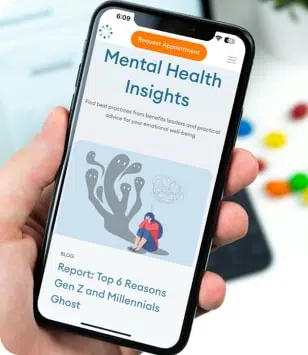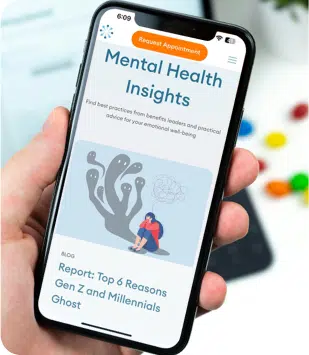11 Activities that Help Promote Mental Wellbeing During COVID-19
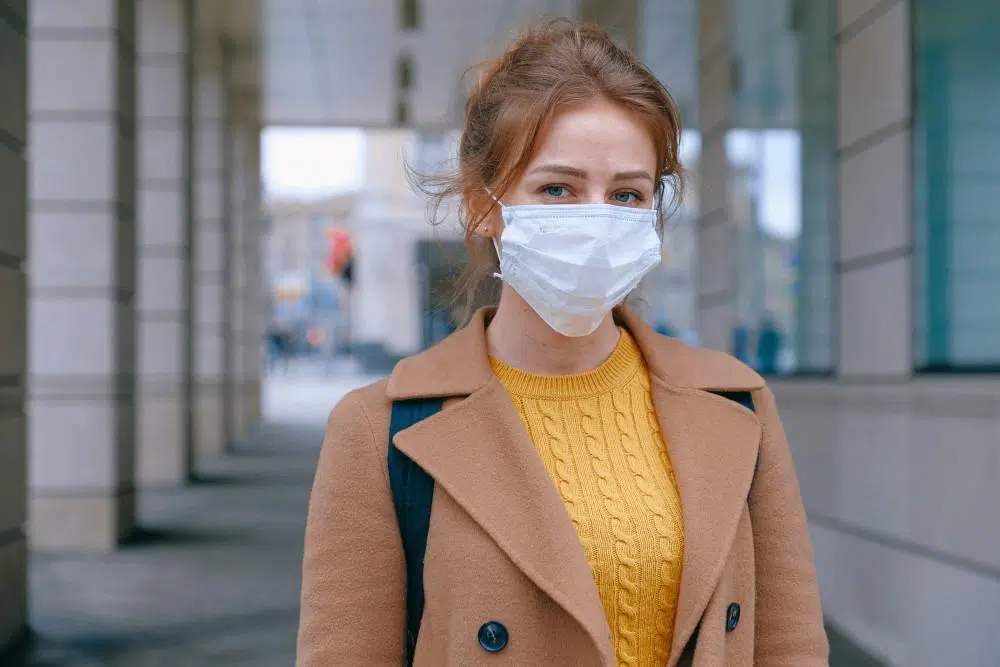
With the recent outbreak of COVID-19 across the world, for many of us, life looks very different. Here in NYC, all public schools are closed, the subways are as empty as they have ever been, restaurants are take-out only, and many of us are doing our civic duty by staying inside. With all of the uncertainty surrounding this global pandemic, it is enough to make even the most zen among us worry or feel down.
For those of us who struggle with difficult emotions at baseline, it can be even harder. Structure, routine, social interaction, physical activity, and intellectual engagement are all good for mental health. It can be hard to think about how to incorporate these things into our now more narrow lives, confined to our “cozy” NYC apartments. With this in mind, here’s a list of ideas for promoting mental wellbeing while social distancing. Some of these “quarantivities” may not be for you, but now is a wonderful time to practice flexibility and try something new!
- Focus on responsible sources of information: Get your data from the Center for Disease Control or the New York Department of Health. If you are sick, stay home. Wash your hands, cough into your sleeve, limit social contact as much as possible, and if you have symptoms call your primary care doctor to find out what to do.
- When a worry comes up, try to think about what you actually can control: If you’re worried about the health of your grandparent, that’s a very natural worry to have. We can’t control the risk that an illness like this poses to the elderly. However, we can call our elderly loved ones to check in, encouraging them to quarantine, send photos of grandchildren via email, and maybe dropping off food packages (with proper safety precautions!).
- Practice Mindfulness: Mindfulness is the practice of being present and having more control over where our attention lies. When we are anxious, our mind is in the future. We are worrying about what might happen. When we are depressed, our mind is likely dweling the past. Mindfuless states that if our focus is on the present, we cannot be either anxious or depressed. On top of lowering anxiety and depression, mindfulness has been scientifically proven to have many other heath benefits that include improving cognitive functioning, helping with sleep, as well as improving attention and concentration. There are many smart phone apps that faciliate the practice of guided mindfulness meditation such as Calm, Headspace, and Simple Habit.
- Create a New Routine: Mental health thrives in structure and routine, and having to stay home takes many of us out of our normal day to day schedules. Try as best you can to adopt new routines at home. Set work hours, schedule afternoon break Zoom Meeting to see your favorite co-worker, and mark off exercise or hobby time.
- Practice Self-Compassion: Self-compassion in psychology has largely been the work of Dr. Kristin Neff and Dr. Stephen Germer. Self-compassion is when we strive to give ourselves the same kindness and caring we would someone we love, like a friend or family member. This is hard for many of us, and times like this require us to be kind not only to others but also to ourselves. Dr. Neff’s website has a number of guided meditations and exercises to help practice this skill. I recommend the Compassionate Body Scan!
- Do Something New: What’s that thing you know would be good to do, but you’ve been putting off? Starting a meditation routine? Organizing your kitchen? Learning how to do that one yoga move? Or maybe it’s something fun like an online course in art history or trying a new podcast. You’ve got a much more flexible schedule now…and limited other activities. Maybe it’s time!
- Intentionally Invest in Relationships: Given the pace of NYC, most of us have people we care deeply about, but we struggle to keep in touch. Now’s a great time to set up a FaceTime with the college friend you haven’t seen in years. Write a letter to your cousin who lives in a different timezone. Call your grandparents or elderly friend and ask them about their favorite childhood adventure.
- Explore Your Creative Side: Paint, bake, play your instrument, sing, try a new medium or method. These kinds of activities are often wonderful stress relievers, and your artistic passions are often good indoor activities!
- Find a Good Youtube Exercise Video: If you live somewhere in NYC where you can easily and safely exercise outside while also social distancing- please enjoy the fresh air! For other’s living in the city, this is harder. Regular exercise is an important part of many people’s mental health, so adapting it to at home living is important. Youtube has many different workout videos that can guide you through a total workout at home.
- Setting Expectations: Many people have chosen to spend this time with family and friends they don’t always live with. Those of us who live with roommates or partners now find ourselves spending significantly more “quality time” than we normal with our cohabitants. Even when we love people, spending all our time together can be a challenge. It might be a good idea to talk about expectations: maybe you need an hour to yourself, to share household chores, or plan game nights on a regular basis. Whatever it is, having a frank conversation about what everyone needs and how to be respectful can help avoid misunderstandings.
- Video Therapy: Call a local practice and ask if they offer video sessions or “teletherapy.” If you are in the New York state, feel free to choose one of the providers at Thriving Mind Psychology, as all of the therapists provide teletherapy throughout the mornings and evenings on weekdays and Saturdays. If you’re feeling very anxious, or really down in the midst of the significant uncertainty, do not allow our current situation to be an excuse to not seek help. People wait an average of 10 years to come to therapy, and often they’re in pain for much longer than they need to be.
Life with the coronavirus is not an easy one, but it’s important that we work the best we can within our current limitations to not make these hard times even harder. There are so many aspects of this current crisis that we cannot control, but we can be intentional about how we spend our time and support one another. Remember that it is temporary and to reach out if you need help.
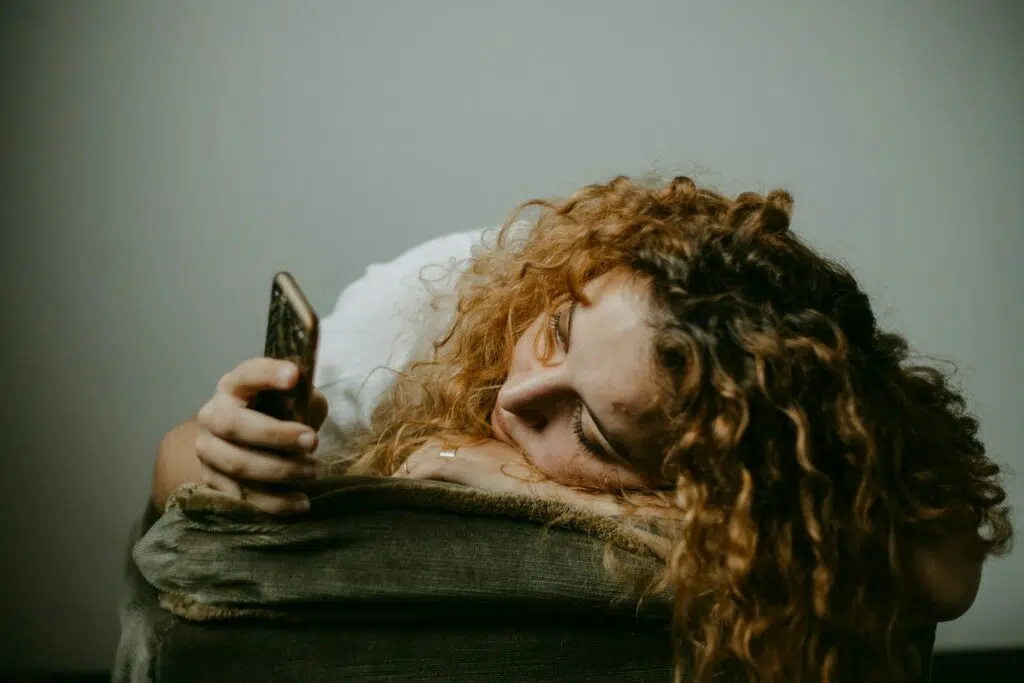
The Link Between Social Media and Depression
In today’s world, scrolling through social media is as routine as brushing our teeth. We open apps out of habit — on the train, in bed, while waiting in line. Platforms like Instagram, TikTok, and Facebook keep us connected, informed, and entertained.

Signs Depression is Taking a Toll on Your Relationship
Depression can impact every part of a person’s life, from their work to their romantic relationships. Dealing with depression can take its toll on both the person with depression and the supporting partner. If you’re worried that depression is affecting your relationship, understanding its impact is an important first step.
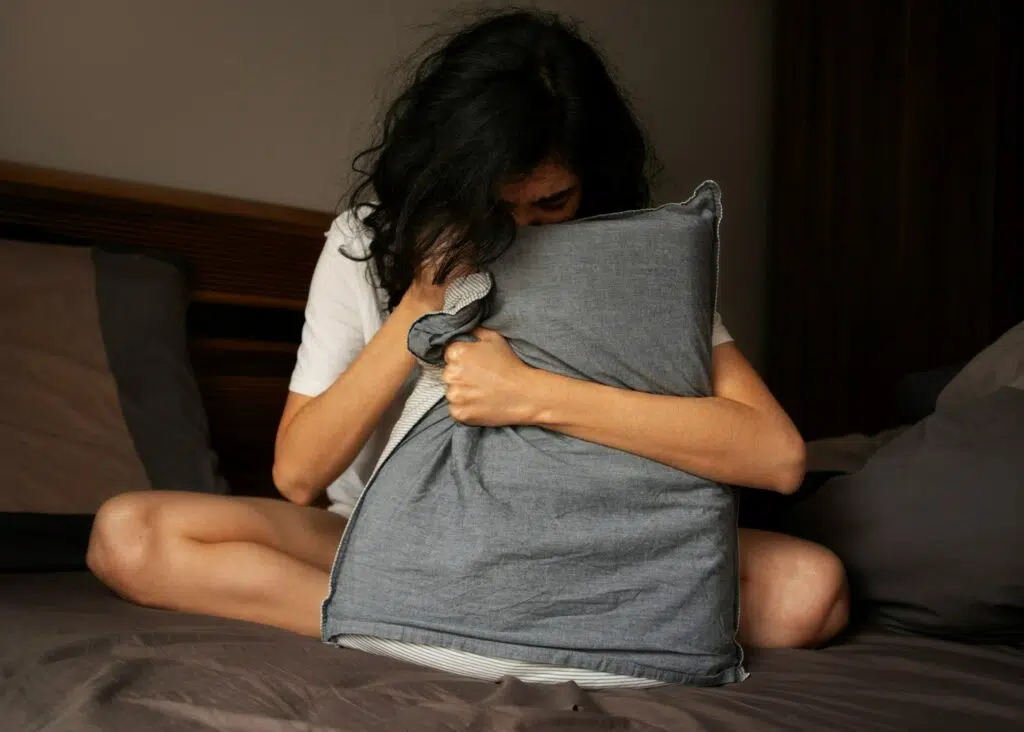
Anxiety Attack and Panic Attack Differences
’s easy to mix up anxiety and panic attacks. While anxiety attacks and panic attacks do have overlapping symptoms, they are different. Let’s get into the differences between anxiety and panic attacks so you can be in a better position to get the help you need.
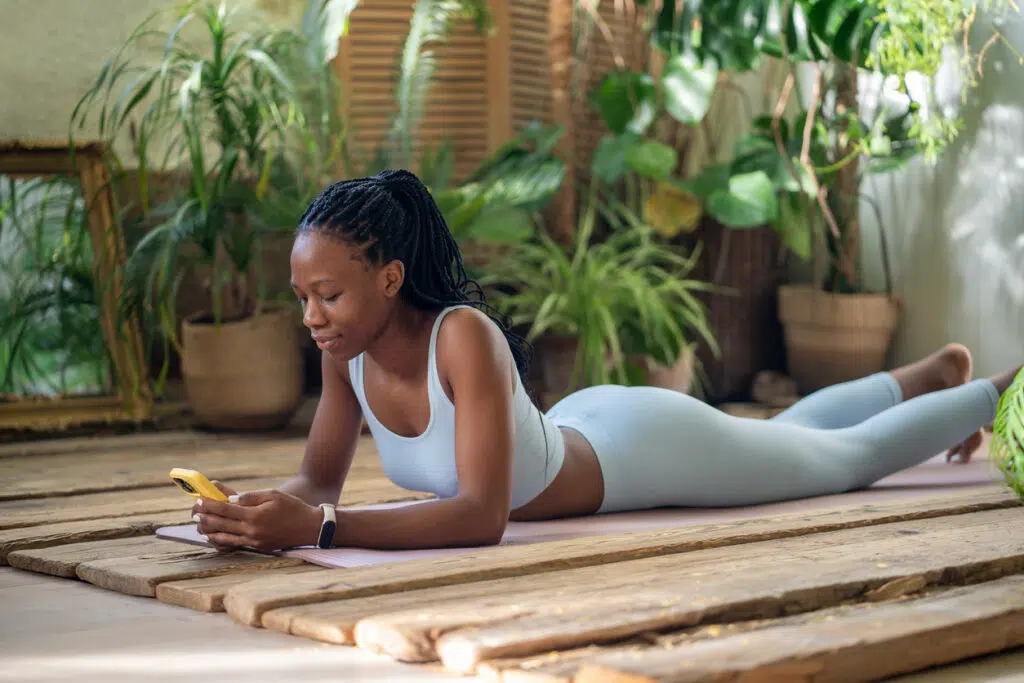
How to Overcome Procrastination and Anxiety
Procrastination is a very typical human experience. At some point or another, we’re all guilty of putting off that task we know is important. Maybe it’s household chores, filling your taxes, paying bills, or some other mind-numbingly boring task.

